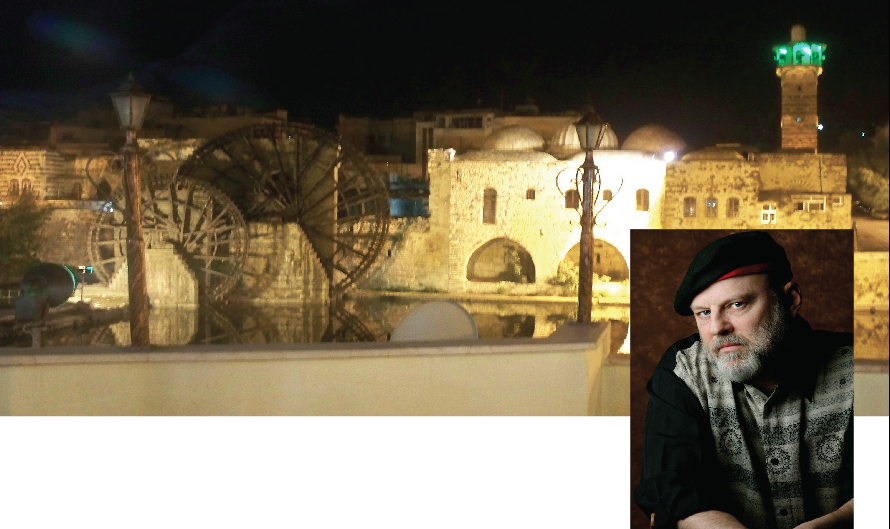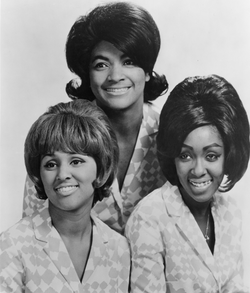18 June 2014
Her voice is unexpectedly large and full-throated, her face unmarred by time. Darlene Love is onstage at the Roxy swooping her way through her classic early ’60s “girl group” songs and one wonders what happened to the intervening years.
Darlene may well be the finest voice Phil Spector ever worked with. Twenty years ago he discovered her singing with an LA group called the Blossoms. He took her out of her backup role and put her right up front—singing a defiant lead on the Crystals’ #1 hit “He’s a Rebel.” She next fronted Bob B. Soxx & the Blue Jeans and began to build a solo career. Within a year, half a dozen songs with Darlene Love on lead vocals had become chart hits.
Then came the British Invasion and attention turned elsewhere. Love returned to backing vocals (with the Blossoms and later Dionne Warwick).
If all this sounds like a setup for an evening of nostalgia—forget it. Love has lost nothing to time. She opened with a potent rendition of the Crystals’ “Da Doo Ron Ron,” then chased it with two of her solo hits, including the cascading “Today I Met the Boy I’m Gonna Marry.”
Audience enthusiasm led her to comment ironically, “I didn’t know so many people liked these ‘Phil Spector’ songs.” Despite Darlene’s jibe at Spector’s dominant reputation, it’s still true that his approach to the three-minute single has never been surpassed.
This became quickly evident when Darlene assayed tunes beyond the Philles’ catalogue. Her rich voice remained in full control, but her supporting cast suddenly had nowhere to go: the arrangements couldn’t handle the personnel. The double drumming became superfluous and even the sax lost its focus.
Darlene’s uncertain choice of covers served her well only once: “Hungry Heart” done in honor of Bruce Springsteen and Miami Steve—who were applauding enthusiastically from a back table.
By the time she hit the end, her voice rippled and scorched. “He’s a Rebel” was soul stirring—as appropriate in ’82 as in ’62. She closed with a majestic “Not Too Young to Get Married.” A gospel medley encore showed some footstompin’, but the point had already been made. The talent remains—now is there a producer out there to tap it?
This piece was previously published in LA Weekly, March 26-April 1, 1982
NOTE: This particular gig proved to be a life changer for Love. In the early ’80s she had been reduced to working as a maid and singing on cruise ships. To quote from her Wikipedia entry: “In 1982, record mogul Lou Adler offered to host a Darlene Love showcase at the Roxy nightclub in Los Angeles and invite a few friends. Among the audience members knocked out by her performance were Bruce Springsteen and sidekick Steve Van Zandt.
The two convinced Love to move to New York, where the singer heard on such favorites as the Crystal’s “Da Do Ron Ron,” Sam Cooke’s “Chain Gang,” the Righteous Brothers’ “Unchained Melody” and Frank Sinatra’s “That’s Life” was rediscovered as a solo act.”



